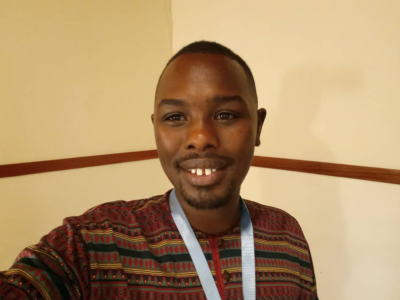My experience of remote data collection

Remote data collection is a type of data collection method that does not require in-person contact with people. Through remote data collection, enumerators can collect data by voice calls, video calls, or via online surveys. The world has increasingly embraced the usage of modern technology to facilitate international collaboration and the COVID-19 pandemic has further shifted in-person ways of working to remote ways. In this blog, I will reflect on my experience of collecting data remotely on the Voices of Refugee Youth (VoRY) project. I will share three points that I have learned and applied during remote data collection: the overall approach, necessary preparation, and effective communication.
Firstly, the process of conducting data collection in person was totally different from remote data collection. In-person data collection required me to meet physically with participants at school, and this made it easier to arrange meetings with participants who tended to respect the scheduled time. The remote data collection, however, required me to be more flexible so I could get my work done. During remote data collection, every participant would give me their preferred time and I needed to be flexible to accommodate the preferred time for that participant. This is different from physical data collection where you meet with a variety of participants in their locations and once one is not available, you work with who is available while waiting for others’ availability.
Secondly, I needed a sense of preparation. Setting up everything needed to get my work done was a high priority, so I would check the internet connection and power in my phone 30 minutes before the interview. This thorough preparation ahead of my interviews not only helped me to work smoothly with participants, but also gave me the time and opportunity to try and find an alternative when there happened to be a technical issue.
Thirdly, being an effective communicator led me to complete data collection successfully. Communicating to research participants consistently not only helped me to do the work better, but also made sure that everyone involved in the work was informed through the data collection process and felt involved and respected, and the effectiveness in communication made the process smoother.
To conclude, I have enjoyed working on data collection remotely. However, I also found it difficult to set up meetings with participants who had a work commitment and struggled to set specific times for the meeting. The advice that I can provide to future researchers planning to work on remote data collection is to be open-minded, have effective preparation, and have clear communication as the key to the successful completion of remote data collection work.
